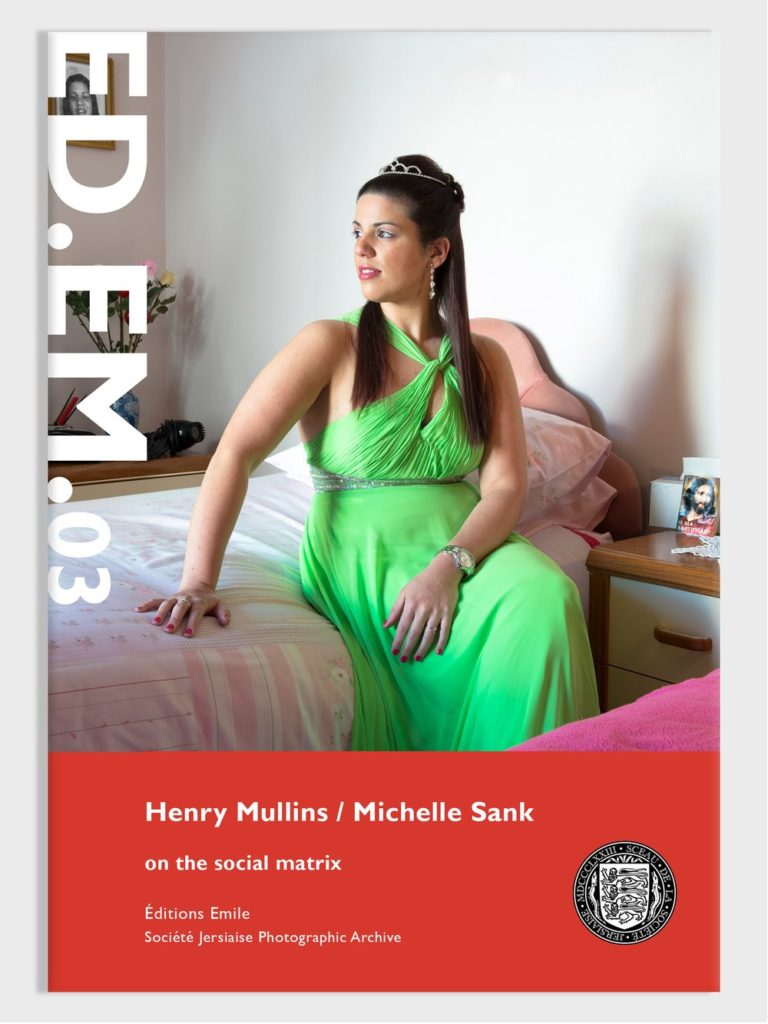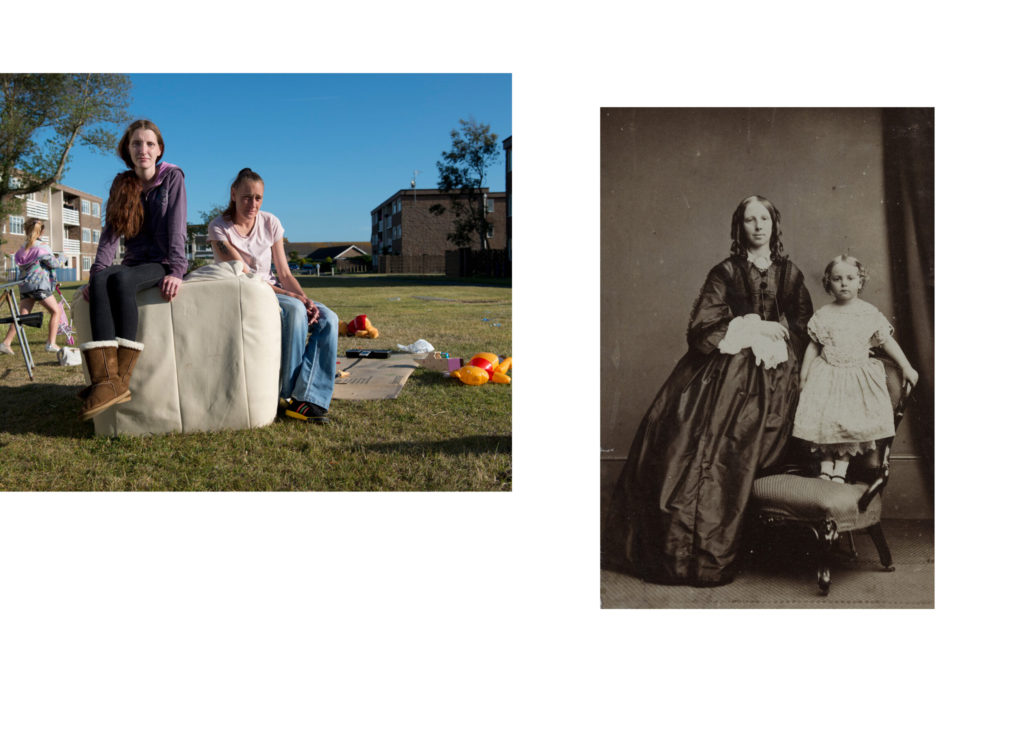Homework Task: Develop and write an introductory blog post on the origins of photography. Use the information below to help you create the content for your blog post.
DEADLINE: Mon 23 Sept
Watch the documentary on ‘Fixing the Shadows’ from BBC Genius of Photography, Episode 1.
To embed your understanding of the origins of photography and its beginnings you’ll need to produce a blog post which outlines the major developments and practices. Some will have been covered in the documentary above but you also need to research and discover further information.
Your blog post must contain information about the following and keep it in its chronological order:
- Camera Obscura & Pinhole photography
- Nicephore Niepce & Heliography
- Louis Daguerre & Daguerreotype
- Henry Fox Talbot & Calotype
- Robert Cornelius & self-portraiture
- Julia Margeret Cameron & Pictorialism
- Henry Mullins & Carte-de-Visit
Each must contain dates, text and images relevant to each bullet point above. In total aim for about 1,000-2000 words.
Try and reference some of the sources that you have used either by incorporating direct quotes, paraphrasing or summarising of an idea, theory or concept, or historical fact.
Use Harvard System of Referencing…see Powerpoint: harvard system of referencing for further details on how to use it.
In addition, research at least one photographer from the list below in the Societe Jersiaise Photographic-Archive and choose one image that references some of the early photographic processes, such as daguerreotype, calotype, salt paper prints, wet plate collodion, albumen prints, autochrome and colour transparencies as part of the origins and evolution of photography and include it in your essay.
Henry Mullins
William Collie
Ernest Baudoux
Clarence P Ouless
Francis Foot
Charles Hugo
Edwin Dale







Camera Obscura
Origins of Photography: Study this Threshold concept 2: Photography is the capturing of light; a camera is optional developed by PhotoPedagogy which includes a number of good examples of early photographic experiments and the camera obscura which preceded photography. It also touches on photography’s relationship with light and reality and delve into photographic theories, such as index and trace as a way of interpreting the meaning of photographs.
Photography did not spring forth from nowhere: in the expanding capitalist culture of the late 18th and 19th centuries, some people were on the look-out for cheap mechanical means for producing images […] photography emerged experimentally from the conjuncture of three factors: i) concerns with amateur drawing and/or techniques for reproducing printed matter, ii) light-sensitive materials; iii) the use of the camera obscura
— Steve Edwards, Photography – A Very Short Introduction

Joseph Nicéphore Niépce, French (1765 – 1833)

Debates about the origins of photography have raged since the first half of the nineteenth century. The image above left is partly the reason. View from the Window at Le Gras is a heliographic image and arguably the oldest surviving photograph made with a camera. It was created by Nicéphore Niépce in 1826 or 1827 at Saint-Loup-de-Varennes, France. The picture on the right is an enhanced version of the original which shows a view across some rooftops. It is difficult to tell the time of day, the weather or the season. This is because the exposure time for the photograph was over eight hours.
Louis Daguerre, French (1787 – 1851)

- French artist and photographer
- invention of the daguerreotype process of photography
- worked closely with Joseph Niepce
- an accomplished painter
- developer of the diorama theatre.

What is a daguerreotype?
The daguerreotype was the first commercially successful photographic process (1839-1860) in the history of photography. Named after the inventor, Louis Jacques Mandé Daguerre, each daguerreotype is a unique image on a silvered copper plate.
In contrast to photographic paper, a daguerreotype is not flexible and is rather heavy. The daguerreotype is accurate, detailed and sharp. It has a mirror-like surface and is very fragile. Since the metal plate is extremely vulnerable, most daguerreotypes are presented in a special housing. Different types of housings existed: an open model, a folding case, jewelry…presented in a wooden ornate box dressed in red velvet. LD a theatre set designer
The invention of photography, however, is not synonymous with the invention of the camera. Cameraless images were also an important part of the story. William Henry Fox Talbot patented his Photogenic Drawing process in the same year that Louis Daguerre announced the invention of his own photographic method which he named after himself. Anna Atkins‘ British Algae: Cyanotype Impressions of 1843 is the first use of photographic images to illustrate a book. This method of tracing the shapes of objects with light on photosensitive surfaces has, from the very early days, been part of the repertoire of the photographer.
Henry William Fox-Talbot, British (1800 – 1877)
Fox Talbot was an English member of parliament, scientist, inventor and a pioneer of photography.
Fox Talbot went on to develop the three primary elements of photography: developing, fixing, and printing. Although simply exposing photographic paper to the light produced an image, it required extremely long exposure times. By accident, he discovered that there was an image after a very short exposure. Although he could not see it, he found he could chemically develop it into a useful negative. The image on this negative was then fixed with a chemical solution. This removed the light-sensitive silver and enabled the picture to be viewed in bright light. With the negative image, Fox Talbot realised he could repeat the process of printing from the negative. Consequently, his process could make any number of positive prints, unlike the Daguerreotypes. He called this the ‘calotype’ and patented the process in 1841.

In the month of August 1835, William Henry Fox Talbot produced the first photographic negative to have survived to this day. The subject is a window. Despite the clear connection, it is an entirely different image compared to those of his colleagues Niépce and Daguerre. Those are photographs taken from a window, while this is the photograph of a window. From the issue of realism, we shift here into an extremely modern outlook which today would be likened to conceptual and metalinguistic discourse. While the window constitutes the most immediate metaphor to refer to photography, Talbot doesnʼt use it but more simply he photographs it. He thus takes a photograph of photography. The first to comment on this was the author himself, writing a brief note (probably added when it was displayed in 1839) on the card upon which it is mounted. The complete text reads:
Latticed Window (with the Camera Obscura)
August 1835 When first made, the squares of glass, about 200 in number could be counted, with help of a lens6
Robert Cornelius, American (1809-1893)

Julia Margaret Cameron, British (1815 – 1879)
She is known for her soft-focus close-ups of famous Victorian men and for illustrative images depicting characters from mythology, Christianity, and literature.
Much of her work has connections to pictorialism and even movements such as The Pre-Rapahelites, and often had a dream-like, constructed quality to the images.





Henry Mullins, British (1818-1880) Lived and worked in Jersey 1848-73
Between 1850-73 Henry Mullins made over 9000 carte de visite portraits of Jersey’s ruling elite and wealthy upper classes. The collection that exists of his work comes through his studio albums, in which he placed his clients in an ordered grid with reference to mid-nineteenth century social hierarchies.

In 2013 Michelle Sank spent 6 months in Jersey as the inaugural Archisle International Photographer-in-Residence. She took inspiration from Henry Mullins collection of images and produced a new set of portraits that reflects upon a culturally diverse and more inclusive demographic of islanders as Jersey. In the photo-zine ED.EM.03 – on the social matrix Mullins 19th century portraits are paired with Sank’s images from 2013. Viewed together they represent 165 years of the practice of photographic portraiture in Jersey. During that period the island has undergo major social and economic changes. Through these photographers’ works, we examine those changes and the power structures that remain in place within this insular society.




